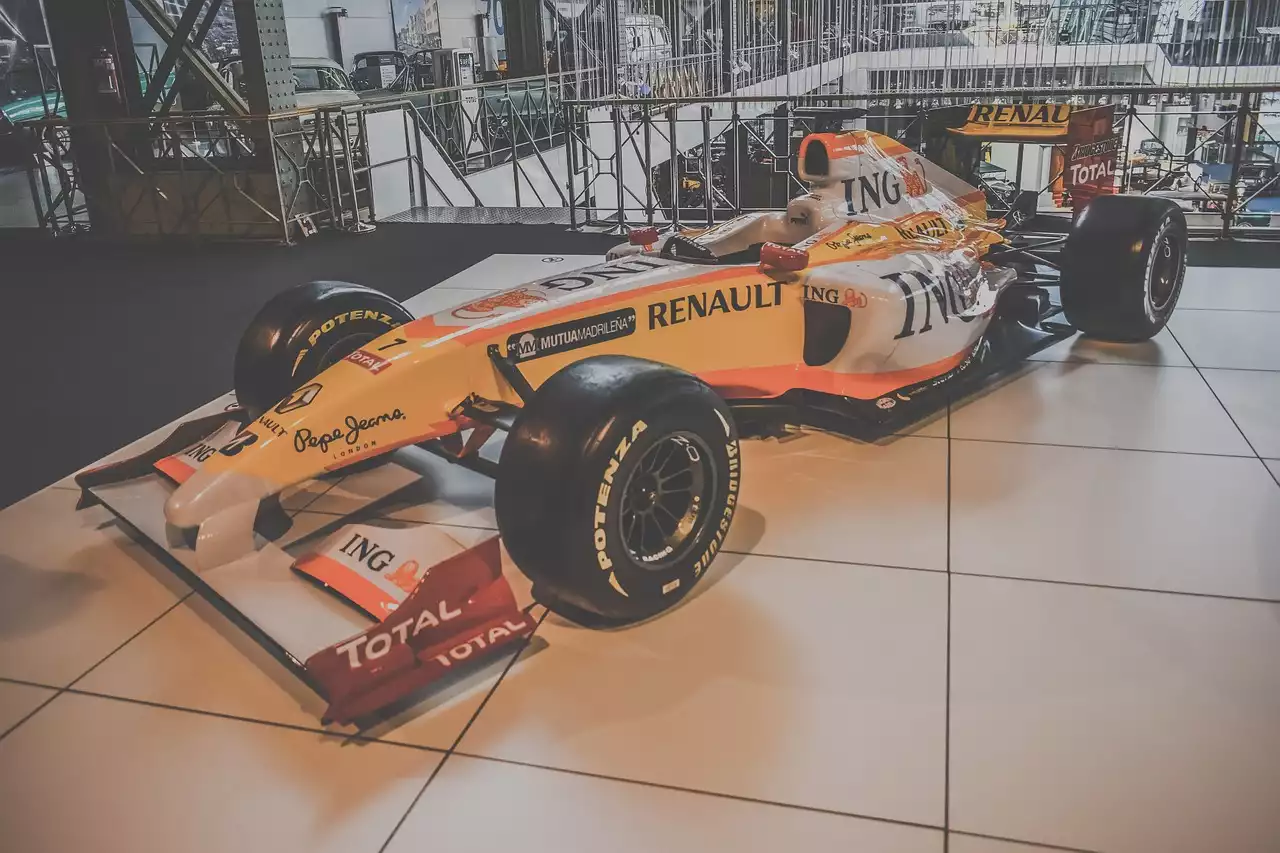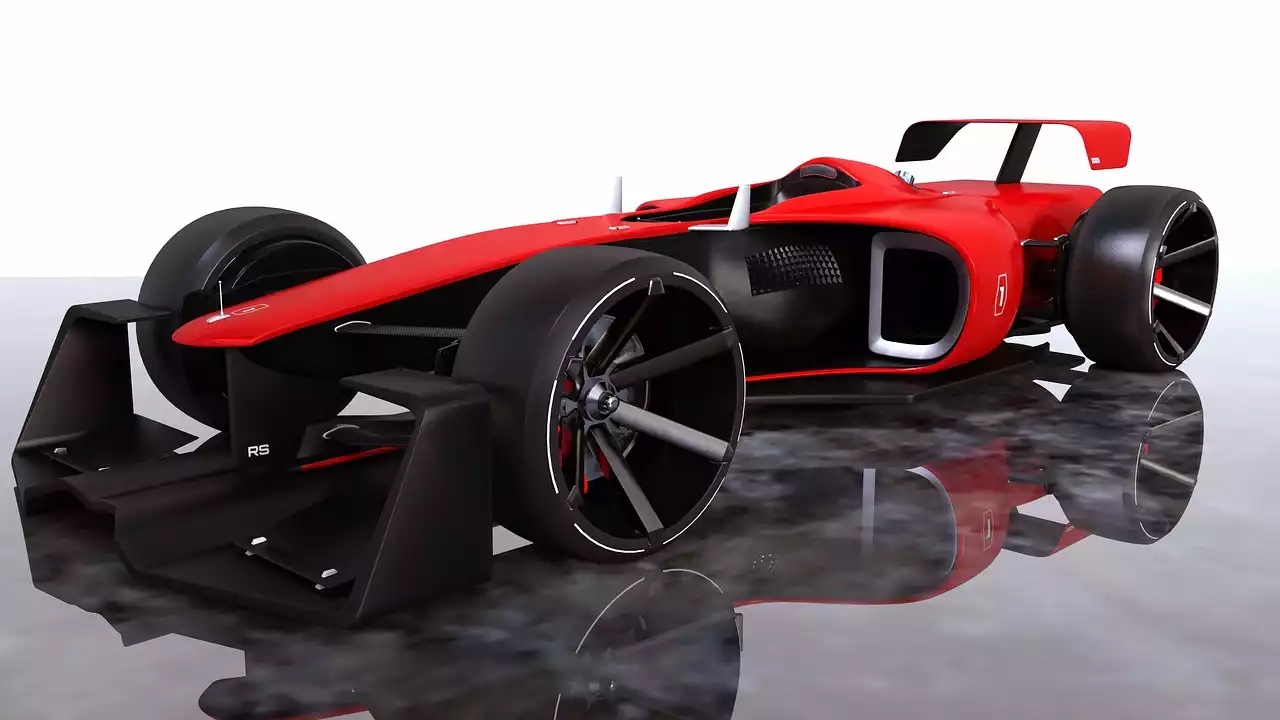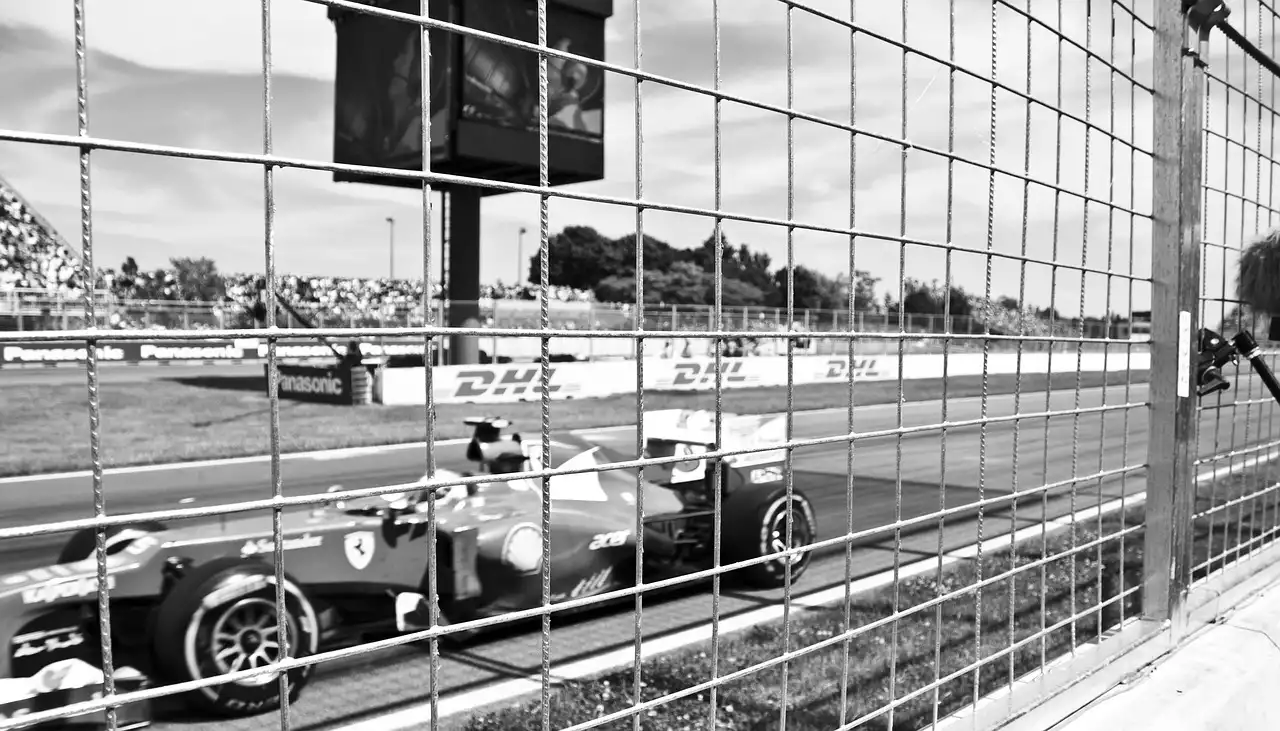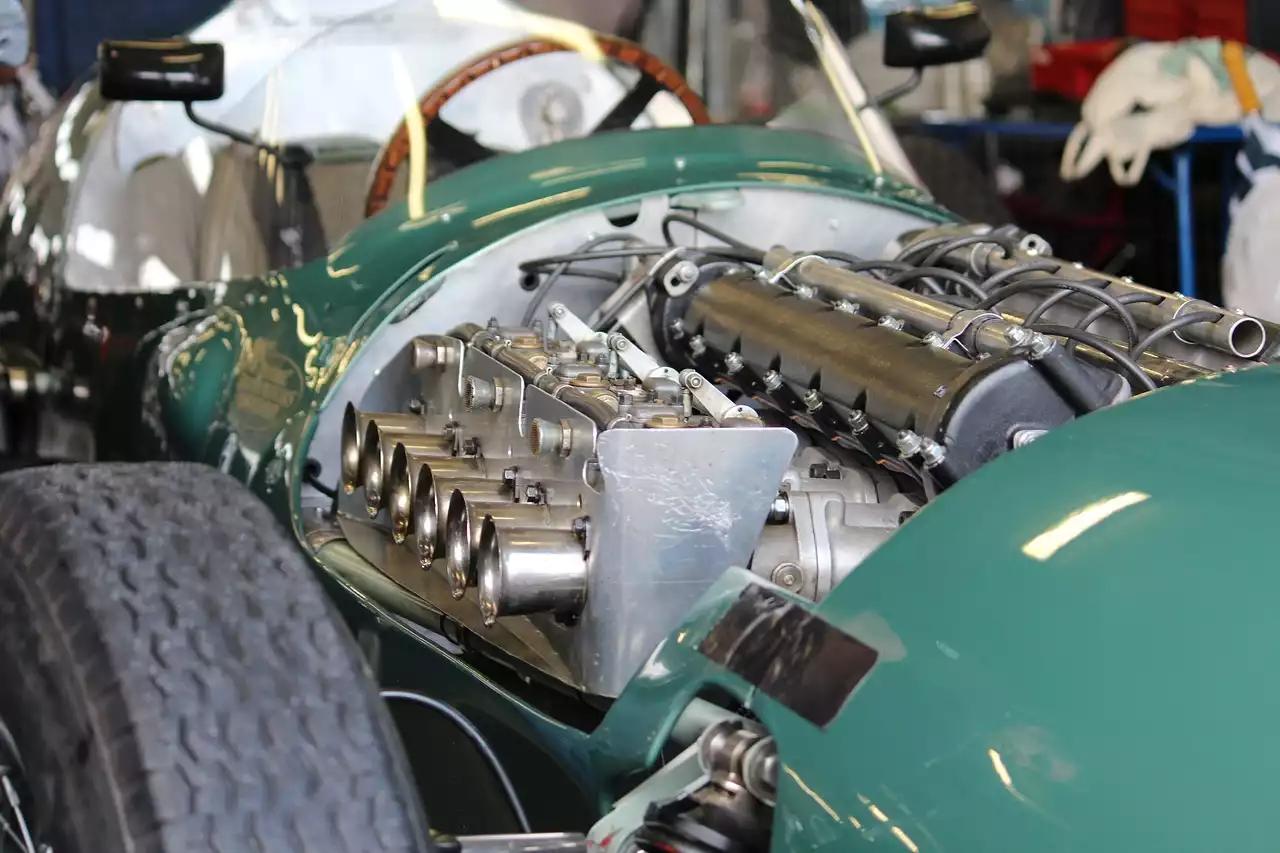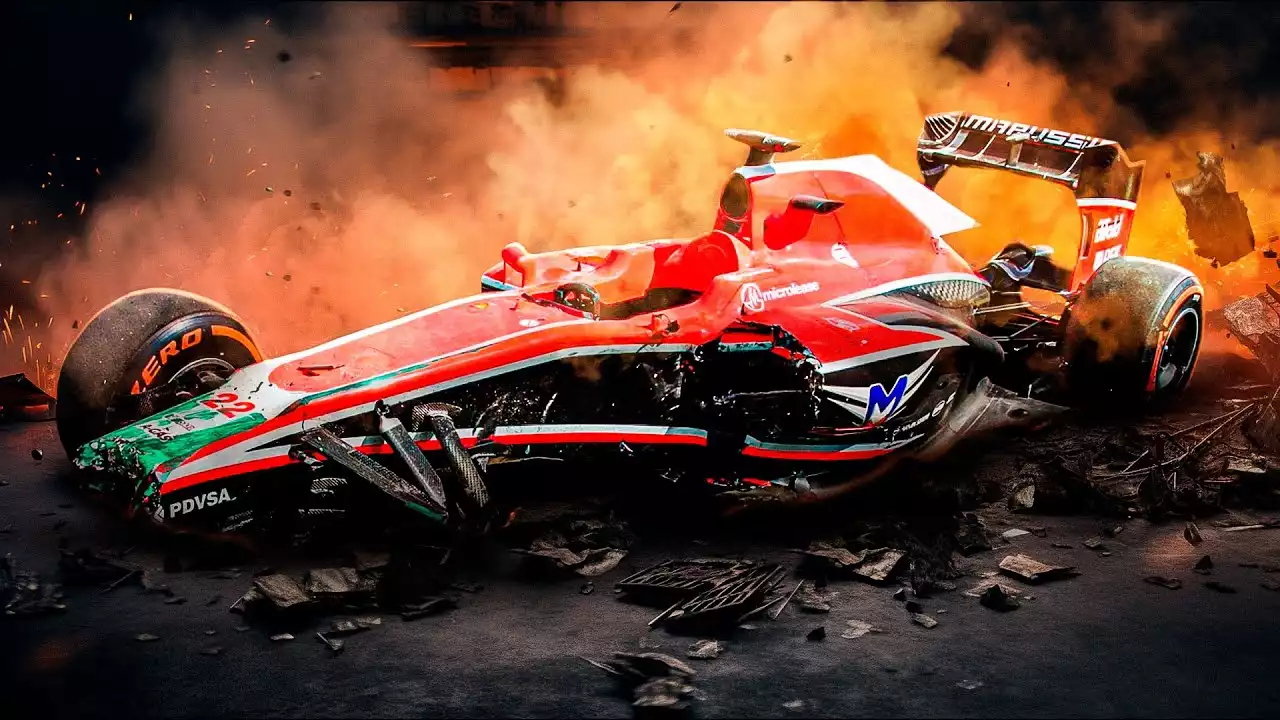The Early Days of F1 Racing
The origins of F1 racing can be traced back to Europe in the late 1940s and early 1950s. In the wake of World War II, a group of racing enthusiasts began organizing events on makeshift tracks using surplus military vehicles. These early races were often chaotic, with little in the way of rules or regulations, and safety was a secondary consideration at best.
Despite these challenges, F1 racing quickly gained popularity, and by the early 1950s, a formal championship had been established. The first official F1 race was held at Silverstone in the United Kingdom in 1950, and it was won by Italian driver Giuseppe Farina. Over the next decade, F1 racing continued to grow in popularity, with new tracks being built and more drivers and teams joining the competition.
The Rise of Technology in F1 Racing
One of the defining characteristics of F1 racing is its commitment to innovation and technology. From the earliest days of the sport, engineers and designers have been pushing the boundaries of what is possible, constantly striving to make the cars faster, more efficient, and more aerodynamic.
One of the key innovations that helped F1 racing evolve was the introduction of rear-engine designs in the early 1960s. Prior to this, F1 cars were typically front-engine, which made them less stable at high speeds and more prone to accidents. The shift to rear-engine cars helped to improve safety and performance, and it paved the way for further advancements in aerodynamics and engine design.
Another major innovation in F1 racing was the introduction of carbon fiber composites in the 1980s. These lightweight, high-strength materials allowed designers to create cars that were faster, more responsive, and more durable than ever before. Today, carbon fiber is a standard component in nearly all F1 cars, and it continues to drive innovation in the sport.
The Impact of Safety Improvements on F1 Racing
As F1 racing became more popular and the cars became faster and more powerful, safety became an increasingly important concern. In the early days of the sport, drivers were often exposed to serious risks, with little in the way of protective gear or safety features.
Over the years, however, F1 racing has made significant strides in improving safety. Today, F1 cars are equipped with a wide range of safety features, including roll cages, impact-absorbing structures, and crash-resistant fuel tanks. In addition, drivers are required to wear fire-resistant suits, helmets, and other protective gear.
These safety improvements have helped to make F1 racing a much safer sport, but there is still room for improvement. In recent years, there have been renewed calls for further safety enhancements, including the introduction of closed cockpits and better head protection for drivers.
F1 Racing's Global Expansion
While F1 racing had its roots in Europe, it quickly spread around the world, with new tracks and events being established in countries like the United States, Japan, and Australia. Today, F1 racing is a truly global phenomenon, with events held in countries all over the world.
This global expansion has helped to bring F1 racing to new audiences and has helped to raise the profile of the sport. It has also created new challenges, however, as F1 teams and drivers must navigate different cultures, time zones, and logistical hurdles in order to compete in races around the world.
The Changing Face of F1 Racing - From Drivers to Teams
One of the defining characteristics of F1 racing is the intense competition between drivers and teams. Over the years, the sport has seen some of the greatest drivers in history compete against each other, with legends like Juan Manuel Fangio, Ayrton Senna, and Michael Schumacher all leaving their mark on the sport.
In recent years, however, there has been a shift towards team-based competition, with teams like Mercedes, Ferrari, and Red Bull dominating the sport. This shift has been driven in part by changes in the rules and regulations governing F1 racing, which have made it more difficult for individual drivers to stand out.
F1 Racing's Impact on Automotive Industry Innovation
One of the most fascinating aspects of F1 racing is its impact on the wider automotive industry. From aerodynamics to engine design to materials science, F1 racing has been a driving force behind some of the most important innovations in the automotive world.
Many of the technologies that are now standard in modern cars, such as anti-lock brakes, traction control, and hybrid powertrains, were first developed in F1 racing. F1 teams and manufacturers continue to push the boundaries of what is possible, and their innovations are helping to shape the future of the automotive industry.
Famous F1 Racing Moments and Icons
Over the years, F1 racing has produced some of the most iconic moments in sports history. From dramatic finishes to controversial incidents to incredible displays of skill and athleticism, F1 racing has never been short on excitement.
Some of the most famous moments in F1 racing history include Ayrton Senna's legendary victory at the 1991 Brazilian Grand Prix, Nigel Mansell's dramatic overtake at the 1987 British Grand Prix, and Michael Schumacher's dominant run of championships in the early 2000s.
F1 Racing Controversies and Scandals
While F1 racing has produced many incredible moments over the years, it has also been marred by controversies and scandals. From illegal car modifications to team orders to accusations of cheating, F1 racing has seen its fair share of drama.
One of the most infamous moments in F1 racing history occurred at the 2002 Austrian Grand Prix, when Ferrari driver Rubens Barrichello was ordered to let teammate Michael Schumacher pass him for the win. The incident sparked widespread outrage and led to calls for a ban on team orders in F1 racing.
The Future of F1 Racing
As F1 racing enters its eighth decade, there are many questions about what the future holds. Will the sport continue to evolve and innovate, or will it become mired in controversy and scandal? Will new drivers and teams rise to challenge the dominance of the established powers, or will the status quo remain unchanged?
One thing is certain: F1 racing will continue to captivate audiences around the world with its combination of high-speed thrills, cutting-edge technology, and fierce competition. Whether you are a die-hard fan or a casual spectator, there is no denying the power and excitement of this incredible sport.

